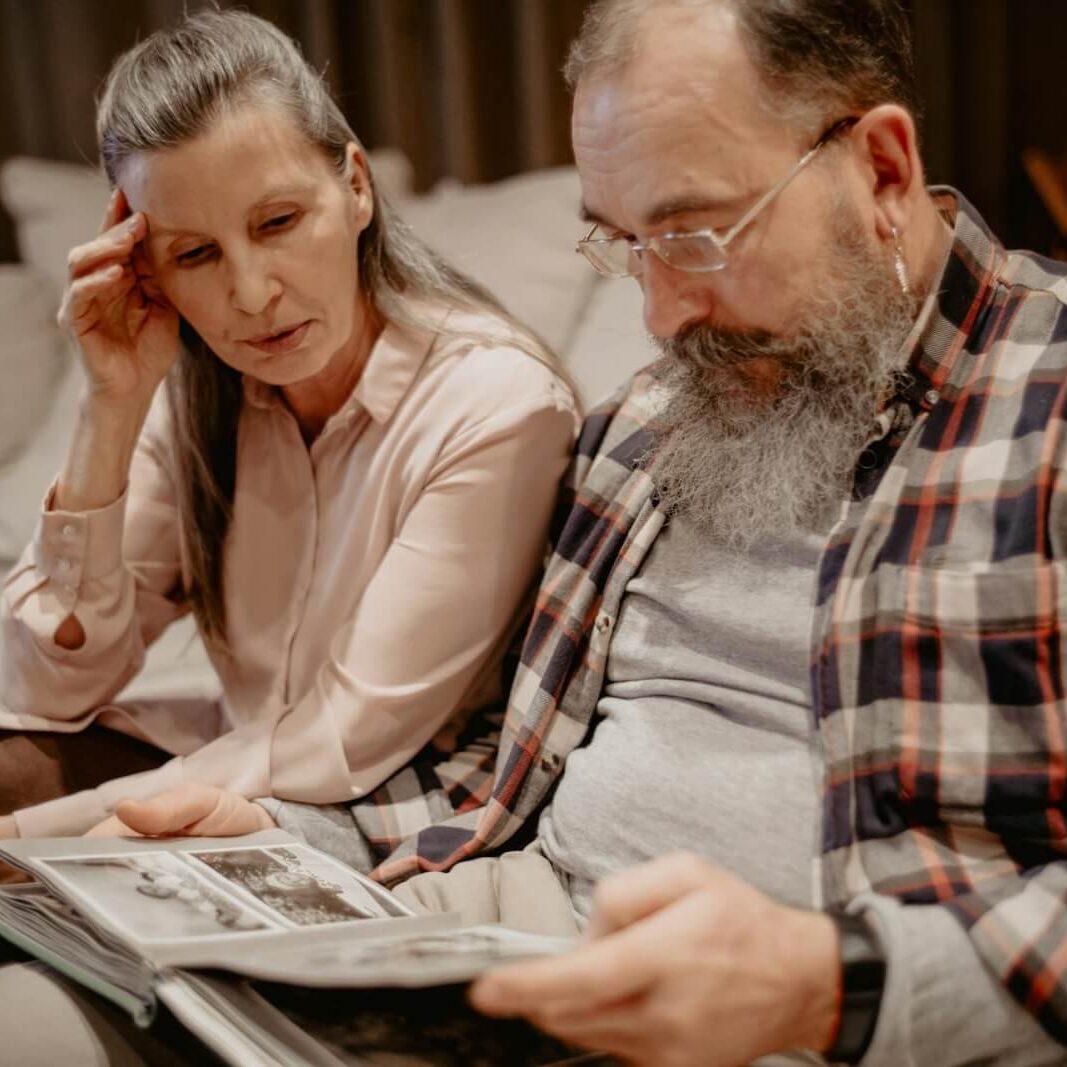In 2025, the senior living industry faces unprecedented hurdles amid shifting demographics and economic pressures. Effective digital marketing for senior living homes has become essential as traditional channels yield diminishing returns.
With baby boomers entering retirement in record numbers, one might expect senior living facilities to be thriving—yet many struggle with occupancy issues.
The marketplace has evolved dramatically, with tech-savvy adult children increasingly driving decision-making while researching senior living options through digital channels.
Today’s senior living operators find themselves navigating a complex digital landscape where outdated marketing approaches no longer deliver the qualified leads senior living facilities need to maintain occupancy.
Industry leaders report several critical challenges reshaping digital marketing for senior living communities:

















